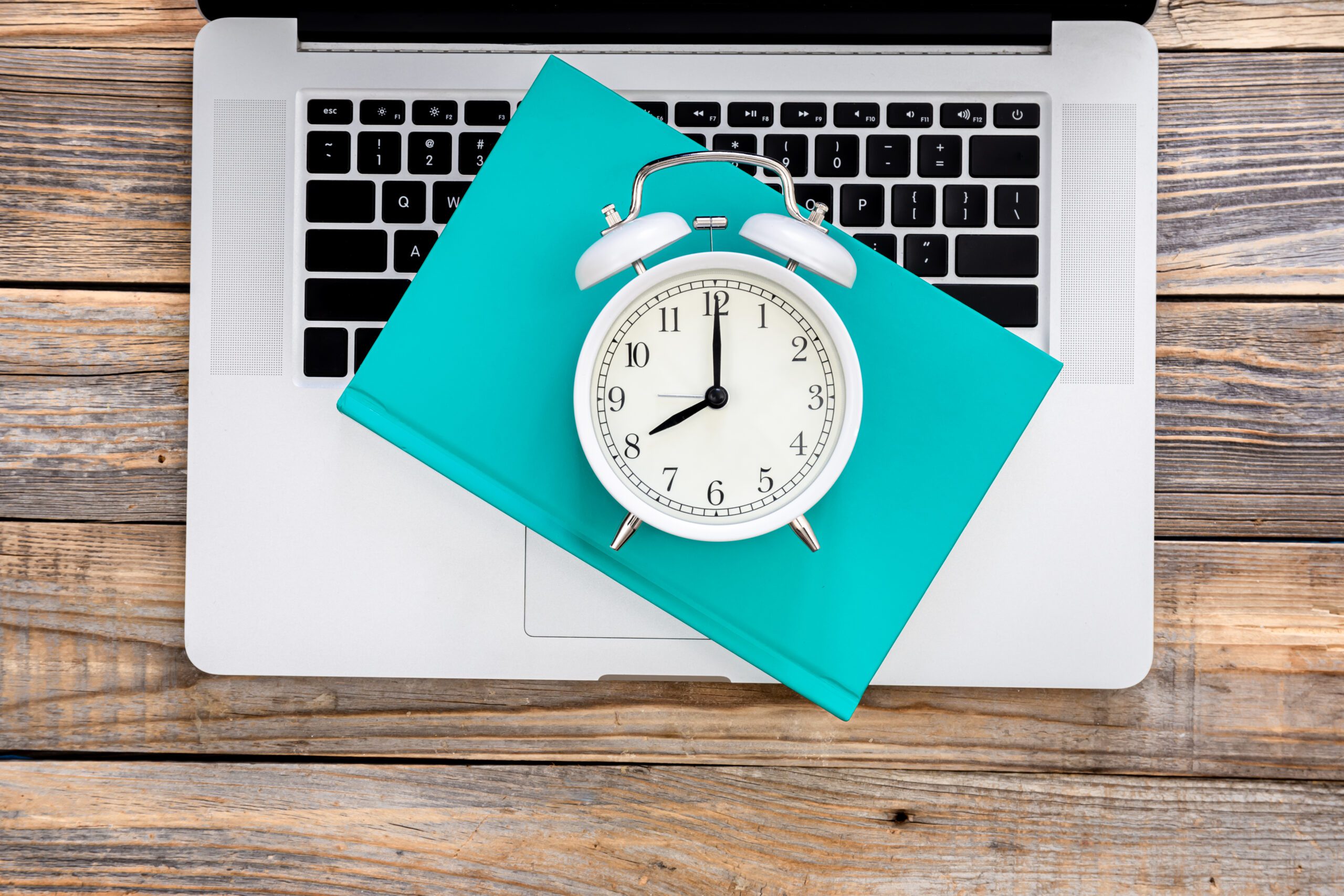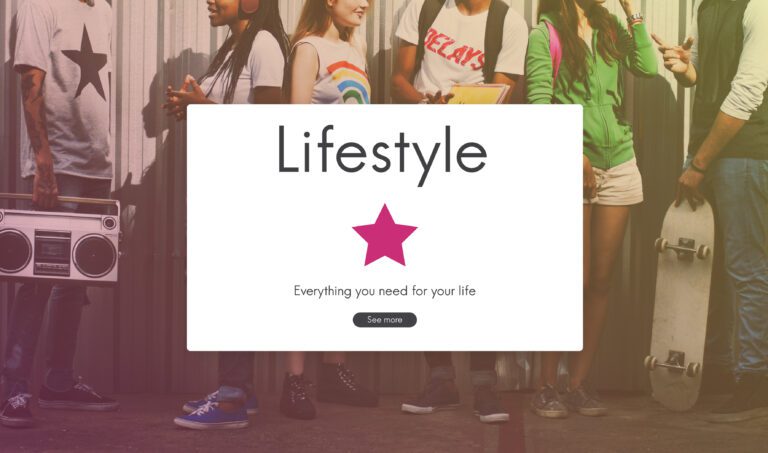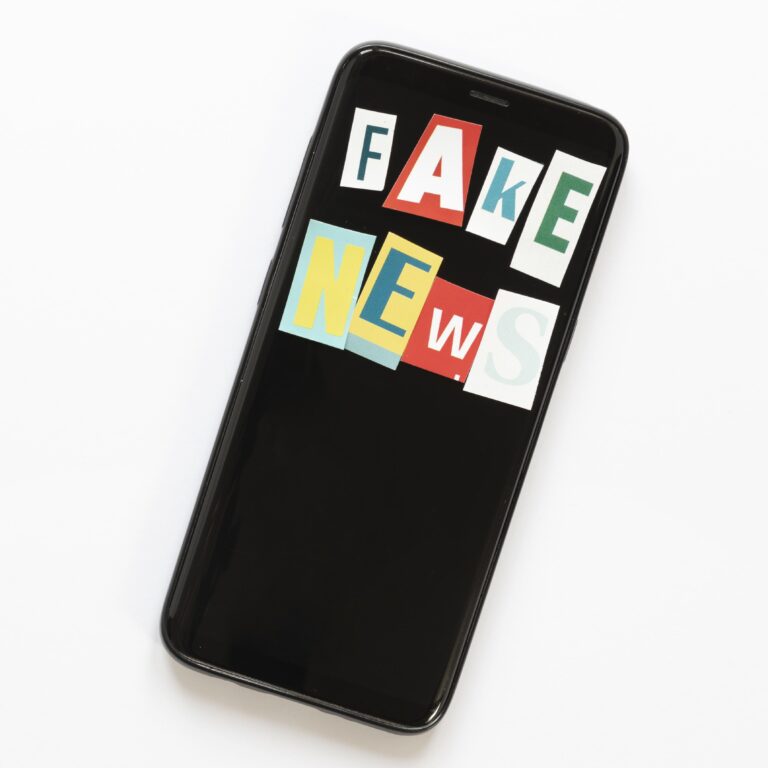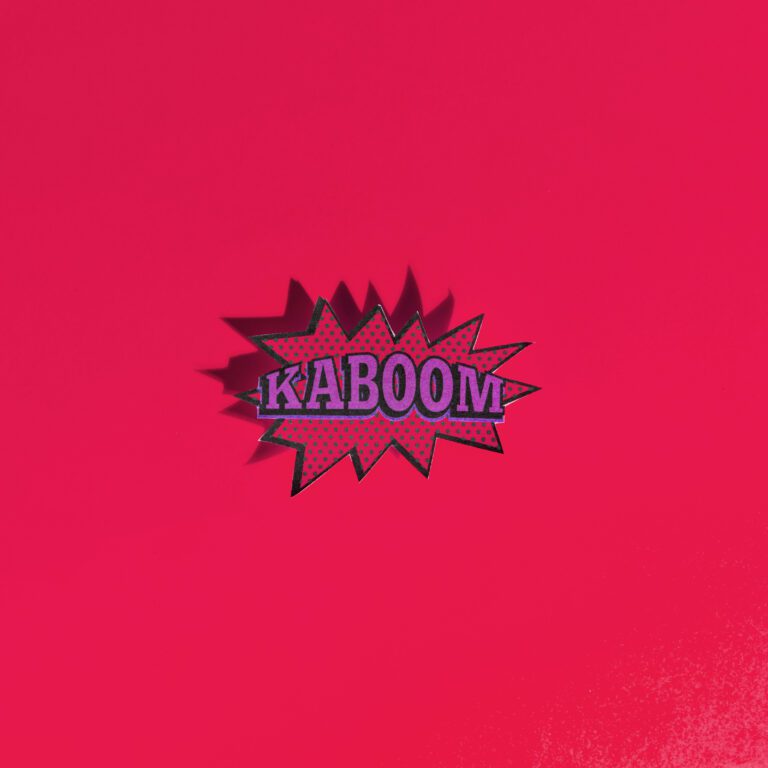Best Day and Time to Send Emails: What Actually Works

I hope you enjoy this blog post. If you want Hello Bar to grow your leads, click here.
Author:
Mansi
Published
July 2, 2025

Table of Contents
So you’re sitting there with a solid email ready to go — maybe it’s a promo, a newsletter, or something your customers really should see. But then you stop. When’s the best day and time to send email? Will you hit people when they’re paying attention or just dump your words into the black hole of unread inboxes?
This is one of those questions that gets thrown around every marketing meeting. The internet is full of charts and studies that say one thing, then the next one says the opposite. So what do you actually do? Let’s break it down properly, with real sense, not canned advice.
Why Timing Even Matters
If you send the right email at the wrong time, you lose. It’s that simple. People’s inboxes are stuffed. They open what hits them when they’ve got a second, when their brain’s not fried, when they’re not chasing kids or dealing with work chaos.
So figuring out the best day and time to send email isn’t magic — it’s just trying to land your message when someone’s most likely to see it and care. That’s it.
What “Best” Really Means (It’s Not Universal)
Before you start reading about the best day and time to send email, you’ve got to know there is no one-size-fits-all answer. What works for a B2B software update won’t work for a local bakery sending a discount. A newsletter for parents of toddlers? Very different from an email to CFOs.
Your audience’s routine is the biggest piece of this. And yes, you’ve probably heard that before, but people skip it because it’s hard. You need to actually know when your people are around, what they do, and when they check their inbox.
General Trends (What Studies Show)
Alright, let’s get real about what the data says. A lot of studies try to pin down the best day and time to send email. Here’s what usually pops up:
- Midweek Mornings Win More Often Than Not
Tuesday, Wednesday, and Thursday mornings tend to see higher open rates. Why? Monday is a catch-up day. People are clearing the mess from the weekend. By Tuesday, they’re in work mode but not burned out yet. - Avoid Friday Afternoons
If your “best day and time to send email” plan includes Friday at 4 PM, you’re basically setting your words on fire. By then, people are in weekend mode. They’re not reading newsletters or clicking your offer. - Weekends: It Depends
Some B2C brands do great on weekends — think hobby emails, recipes, or big sales. But for B2B? Unless your audience is workaholics, weekends usually flop.
So, a safe “best day and time to send email” to test first: Tuesday or Wednesday morning between 9 AM and 11 AM. Not a rule. Just a place to start.
Time Zones: Don’t Skip This
Sending a well-crafted message at 9 AM is useless if your readers are six hours ahead or behind. So the best day and time to send email only works if you actually segment by time zone.
Most email tools let you schedule by time zone. If you’re in New York and your list is mostly in London, do the math. If you’re a global company, break up your sends or stagger them. Some people think it’s overkill. It’s not. Better timing means better results.
Mobile vs. Desktop: Another Layer
People don’t open emails the same way all the time. Think about it: during commuting hours, people check their phones. In the office, they’re on laptops.
So the best day and time to send email could shift depending on what your email actually is. A long B2B whitepaper? Probably better mid-morning on a workday when they’re at their desk. A flash sale for sneakers? Try an evening when people are scrolling their phones on the couch.
When you see your open rates, look at the device split. It’ll tell you something useful.
Your Audience Might Be Weird — Test It

All the best day and time to send email advice in the world doesn’t mean squat if your crowd acts different.
For example, one small B2B SaaS company found that their CFO audience actually opened emails best on Sunday evenings. Why? Because that’s when these folks got ready for the week ahead. Another online store saw their orders skyrocket from Friday night emails because people were shopping late while half-watching TV.
These weird patterns only show up if you test. So pick a baseline — say Tuesday 10 AM — then try Sunday night. Try Wednesday lunch. Test. Keep track. See what people do.
The Role of Frequency
Timing is huge, but so is frequency. If you nail the best day and time to send email but you send too many, people will tune you out. Send too few, they forget you exist.
There’s no magic number here either. Some brands send daily. Some send weekly. Some once a month. What matters is that you’re consistent. If your audience knows your rhythm, they’re more likely to open.
Subject Lines Still Matter More
People ask about the best day and time to send email but forget the other half: your subject line.
You can send an email at the perfect minute and day, but if the subject line is boring or vague, no one clicks. So don’t put all your energy into timing and then slap on “June Newsletter” as the headline.
What About Holidays?
Holidays screw with all the usual rules. Around Christmas, for example, B2C emails sometimes do well at odd times because people shop in weird bursts. But your best day and time to send email could flop if you don’t adjust for when people are traveling, off work, or just checked out.
Use your brain here. If your audience is likely on vacation, maybe skip that send or plan for a better slot.
Don’t Ignore the Big Picture
Chasing the best day and time to send email is good. But don’t obsess over it if your content stinks. Bad emails won’t get better with perfect timing.
If your message is clear, useful, and written for real humans, timing will just make it better. Good emails at a good time? That’s the win.
Practical Steps to Find Your Sweet Spot
If you’re wondering how to actually figure out your best day and time to send email, do this:
- Check Your Email Reports
Look at your open and click rates by day and hour. Most ESPs have this. See any spikes? - Segment by Time Zone
If you haven’t done this yet, do it. You can’t test well if half your list is asleep. - Run A/B Tests
Pick the same email, split your list. Send half on your usual time, half on a different day/time. Do this a few times. Patterns show up fast. - Document What You Learn
Keep it simple. You don’t need a fancy spreadsheet. Just note what works. - Don’t Overreact
One test isn’t proof. People’s behavior shifts. Keep testing once in a while. - Stick to What You Find
Once you know the best day and time to send email for your crowd, make it your default. But check back every few months. People change.
A Few Examples
Example 1:
A local yoga studio tried the usual Tuesday morning send for their weekend class schedules. Open rates were decent, but they tested Sunday evenings instead — when people plan their week. Open rates jumped by 30%. Their best day and time to send email turned out to be Sunday, not midweek.
Example 2:
A small B2B software tool tested Monday mornings versus Thursday afternoons for release notes. Monday’s open rates were terrible. Turns out folks wanted to ease into the week, not read technical updates. Thursday afternoons worked better — people were winding down and had headspace. So their best day and time to send email is now Thursday at 2 PM.
Example 3:
An online clothing store found their audience shopped mostly after dinner. So they ditched 10 AM sends and switched to 8 PM. Conversions doubled. Their best day and time to send email is now midweek evenings.
Tools That Help
You don’t have to guess blindly. Most good email tools give you send-time optimization. Some even predict the best day and time to send email for each contact based on past opens. It’s not perfect, but it’s better than winging it.
If your tool doesn’t have it, look for plugins or add-ons. Or just do it old-school: run your tests, keep a log.
When It Doesn’t Matter
Sometimes the best day and time to send email doesn’t make a huge difference. If you have a big, loyal audience that wants to hear from you, they’ll open your stuff whenever.
For example, urgent transactional emails — password resets, order confirmations — timing doesn’t matter much. Same for critical updates. Just get it out fast.
One Last Word About Spam
If you’re blasting at odd hours, don’t look spammy. The best day and time to send email means nothing if your messages land in the junk folder. Keep your list clean. Don’t buy shady lists. Make sure people actually want what you’re sending.
Real Talk: Focus On What You Can Control
So yeah, figuring out the best day and time to send email helps. But don’t think it’s going to save a terrible email or fix a broken list. Keep your content useful, your audience tight, and your timing smart. That’s all anyone can do.
Conclusion
Sometimes the best day and time to send an email is just when you’ve got something worth saying — and you send it to people who actually want it. Simple as that.






